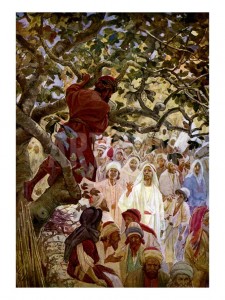Isaiah 52:7-10
This text is used for the Lectionary Year A on December 25, 2016.
 Isaiah 52 is part Deutero-Isaiah (Isaiah 40-55). At the time of this writing, Israel was being held captive. Captivity was harsh. Freedom for Israel was nonexistent. The principle city, Jerusalem, had been severely damaged. Despite Israel’s circumstances, hope was alive because they believed Yahweh would provide deliverance. Their hope was deeply grounded in their past. They remembered that Yahweh’s power had freed Israel from Egypt after 400 years of captivity. That single thread of hope had been tightly wound around the hearts of the people for years. Now, with great anticipation, the good news of a new Exodus was hopefully coming.
Isaiah 52 is part Deutero-Isaiah (Isaiah 40-55). At the time of this writing, Israel was being held captive. Captivity was harsh. Freedom for Israel was nonexistent. The principle city, Jerusalem, had been severely damaged. Despite Israel’s circumstances, hope was alive because they believed Yahweh would provide deliverance. Their hope was deeply grounded in their past. They remembered that Yahweh’s power had freed Israel from Egypt after 400 years of captivity. That single thread of hope had been tightly wound around the hearts of the people for years. Now, with great anticipation, the good news of a new Exodus was hopefully coming.
The one who was bringing the news shared four distinct messages of hope. The messages were that of peace, goodness, salvation, and divine rule. The message of peace was exactly as the word implied. There would be a noticeable absence of conflict and strife. Consequently, there would be a spirit of unity among the people. The message of goodness conveyed the idea there would be an attitude of helpfulness that would build and strengthen the community. The third message was of salvation which indicated deliverance by Yahweh himself. Yahweh would protect and deliver Israel from anyone or anything that would seek to overpower His people. All of three messages were made possible by the fourth message. Through Yahweh’s divine rule peace, goodness and salvation to His people would be possible.



